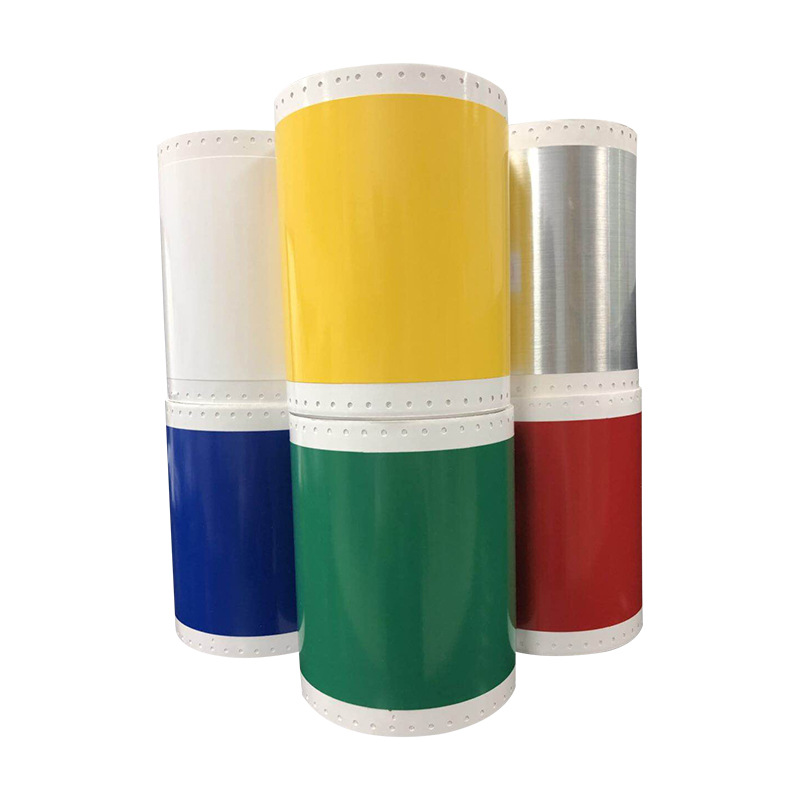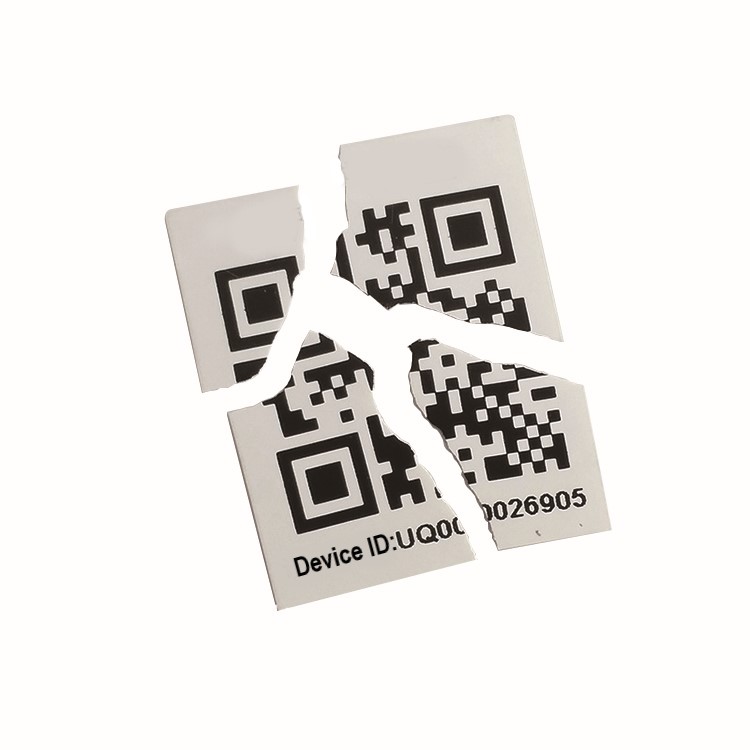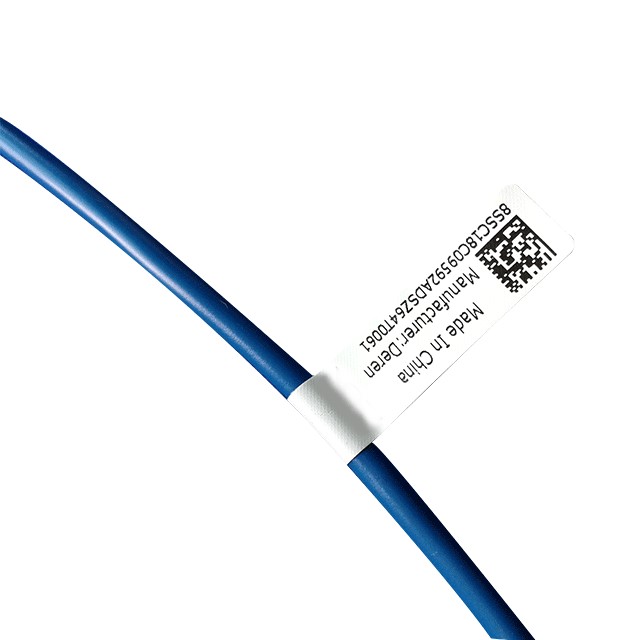High-Temperature Resistant Labels for Food Grade Products
Sticker labels play a crucial role in the packaging and identification of various products, including food grade items. In the food industry, it is essential to have labels that can withstand high temperatures without compromising their integrity. High-temperature resistant labels ensure that necessary information remains intact and legible, even in extreme conditions. In this article, we will explore the significance of these labels and their application in the food industry.
The Importance of High-Temperature Resistance
Food grade products often require specific labeling to meet regulatory compliance and provide essential information to consumers. These labels must endure various conditions, including exposure to high temperatures during cooking, sterilization, or pasteurization processes. High-temperature resistant labels are designed to withstand these extreme conditions, ensuring that important details such as product name, ingredients, nutritional information, and expiration dates remain visible and accurate.
When labels are subjected to high temperatures, ordinary adhesive materials may fail, resulting in label detachment or loss of information. This can lead to confusion among consumers, potential health risks, and non-compliance with food safety regulations. Therefore, the use of high-temperature resistant labels is crucial to maintain product integrity and consumer trust.
Features of High-Temperature Resistant Labels
High-temperature resistant labels are manufactured using specialized materials and adhesives that can withstand extreme heat without degradation. These labels possess several key features that make them suitable for food grade products:
1. Heat-resistant materials: The label materials used are specifically chosen for their ability to withstand high temperatures. These materials are often made from synthetic polymers or coated papers that can resist heat without warping, discoloration, or loss of adhesion.
2. Strong adhesives: High-temperature resistant labels are equipped with adhesives that have excellent heat resistance properties. These adhesives maintain their bonding strength even when exposed to extreme temperatures, ensuring that the label remains securely attached to the product.
3. Chemical resistance: Food grade products often undergo sterilization processes involving chemicals or steam. High-temperature resistant labels are designed to resist chemical exposure, preventing the label from deteriorating or losing legibility when subjected to these treatments.
Applications in the Food Industry
The food industry extensively relies on high-temperature resistant labels to ensure the safety and proper identification of products. These labels find applications in various areas:
1. Ready-to-eat meals: High-temperature resistant labels are commonly used on pre-packaged meals that require heating before consumption. These labels withstand the heat generated during microwaving or oven heating, providing cooking instructions, ingredients, and nutritional information to consumers.
2. Canned goods: Labels on canned food products must endure the high temperatures during the canning process. High-temperature resistant labels ensure that the product information remains intact, allowing consumers to make informed choices about their purchases.
3. Bakery and confectionery: Labels applied to baked goods and confectionery items often need to withstand the heat of ovens or baking processes. High-temperature resistant labels ensure that the product name, ingredients, and allergen information remain visible and accurate, even after exposure to high temperatures.
Conclusion
High-temperature resistant labels are essential in the food industry to maintain product integrity, comply with regulations, and provide crucial information to consumers. These labels, made from heat-resistant materials and equipped with strong adhesives, ensure that important details remain intact even when exposed to extreme temperatures. By utilizing high-temperature resistant labels, food grade products can be safely and accurately labeled, ensuring consumer confidence and satisfaction.
We offer comprehensive technical support, including free professional labeling solutions, advice on label materials and adhesive selection, as well as online/offline assistance from professional software and hardware engineers. Service email: andy@ownlikes.cn. In pre-sales, we leverage our extensive experience in specialty labeling projects to provide clients with the most suitable hardware solutions. Additionally, all our label barcode printers and scanners come with a three-year free warranty, demonstrating our confidence in our products.






This site is protected by reCAPTCHA and the Google Privacy Policy and Terms of Service apply.